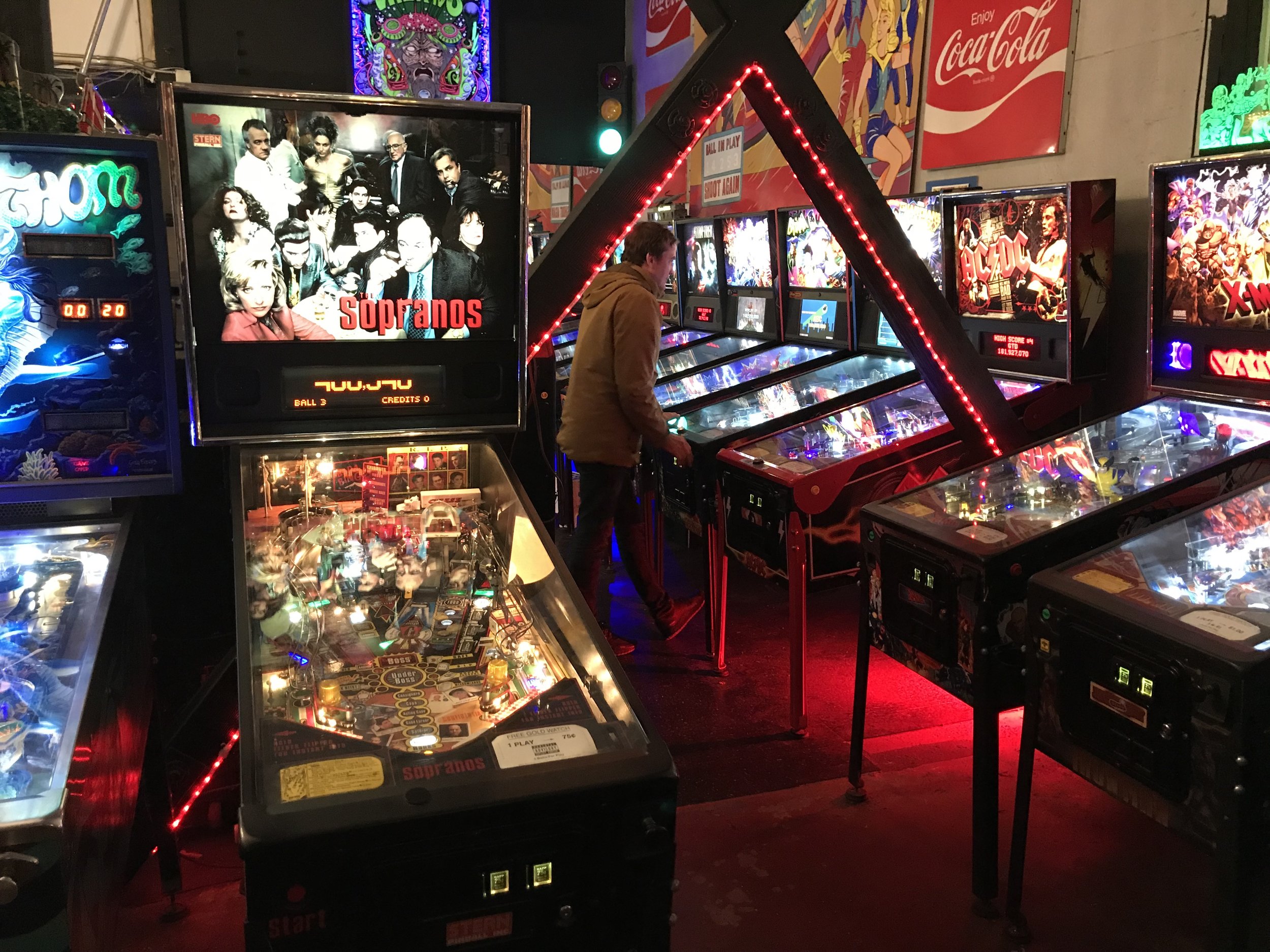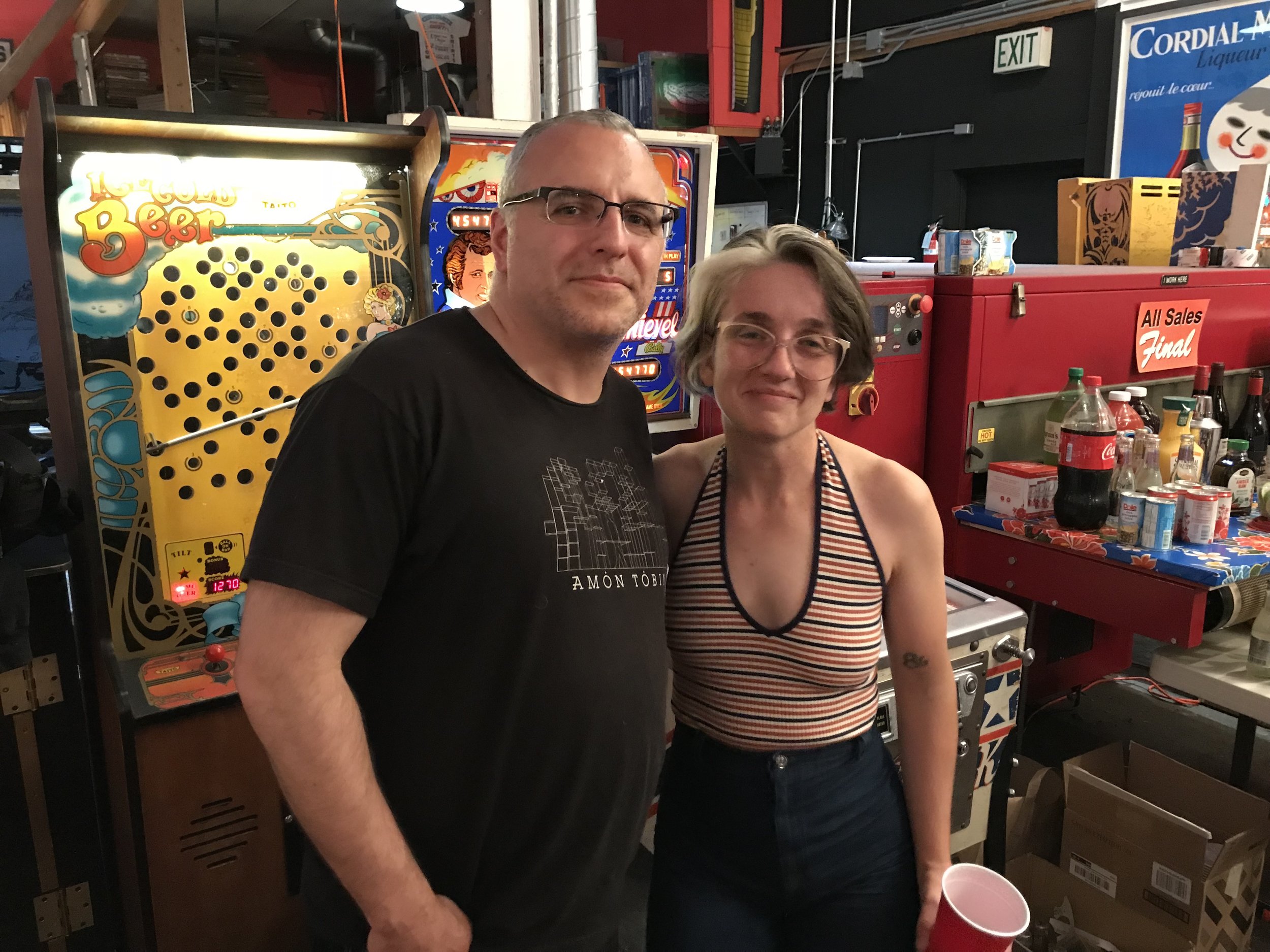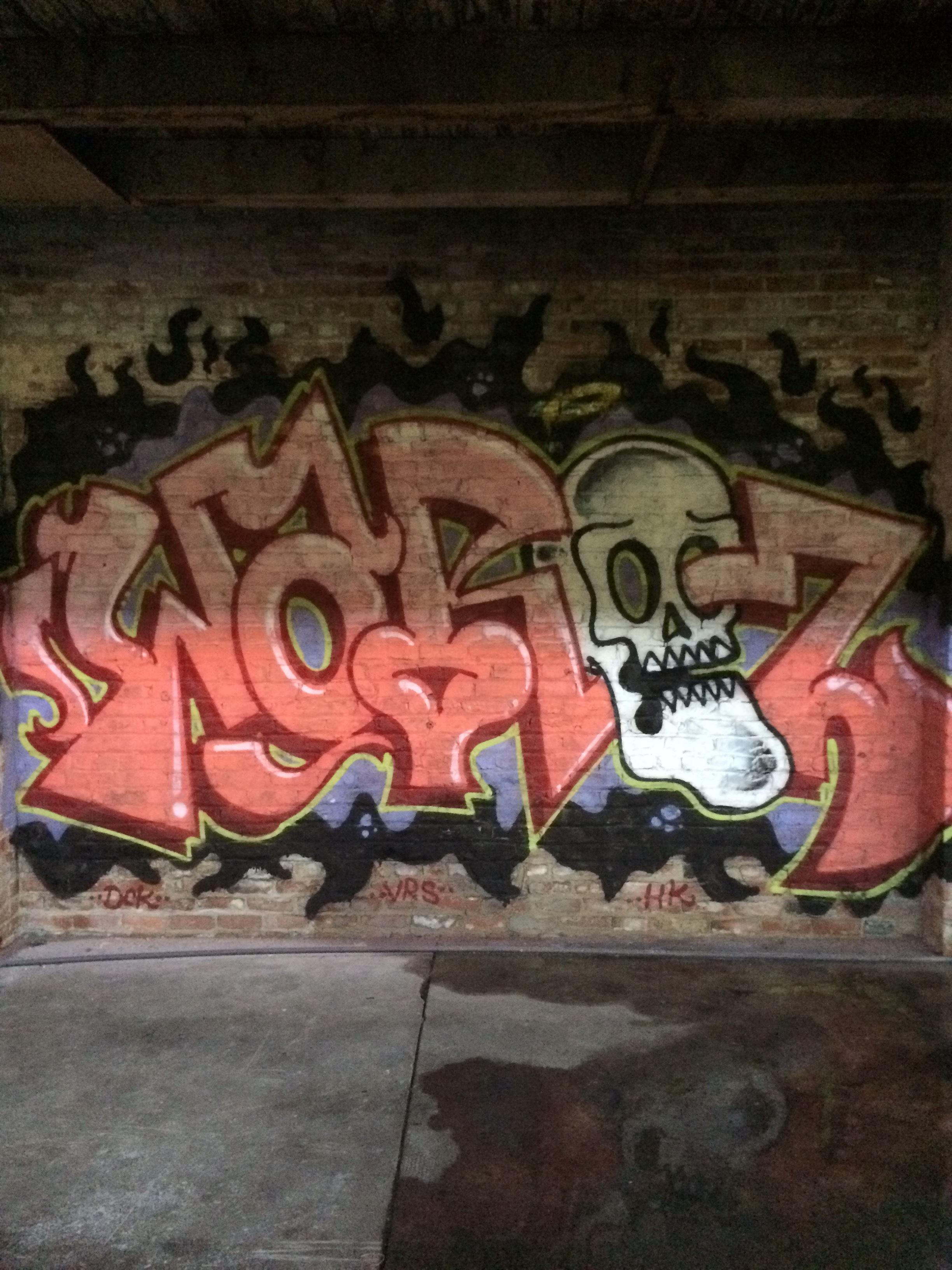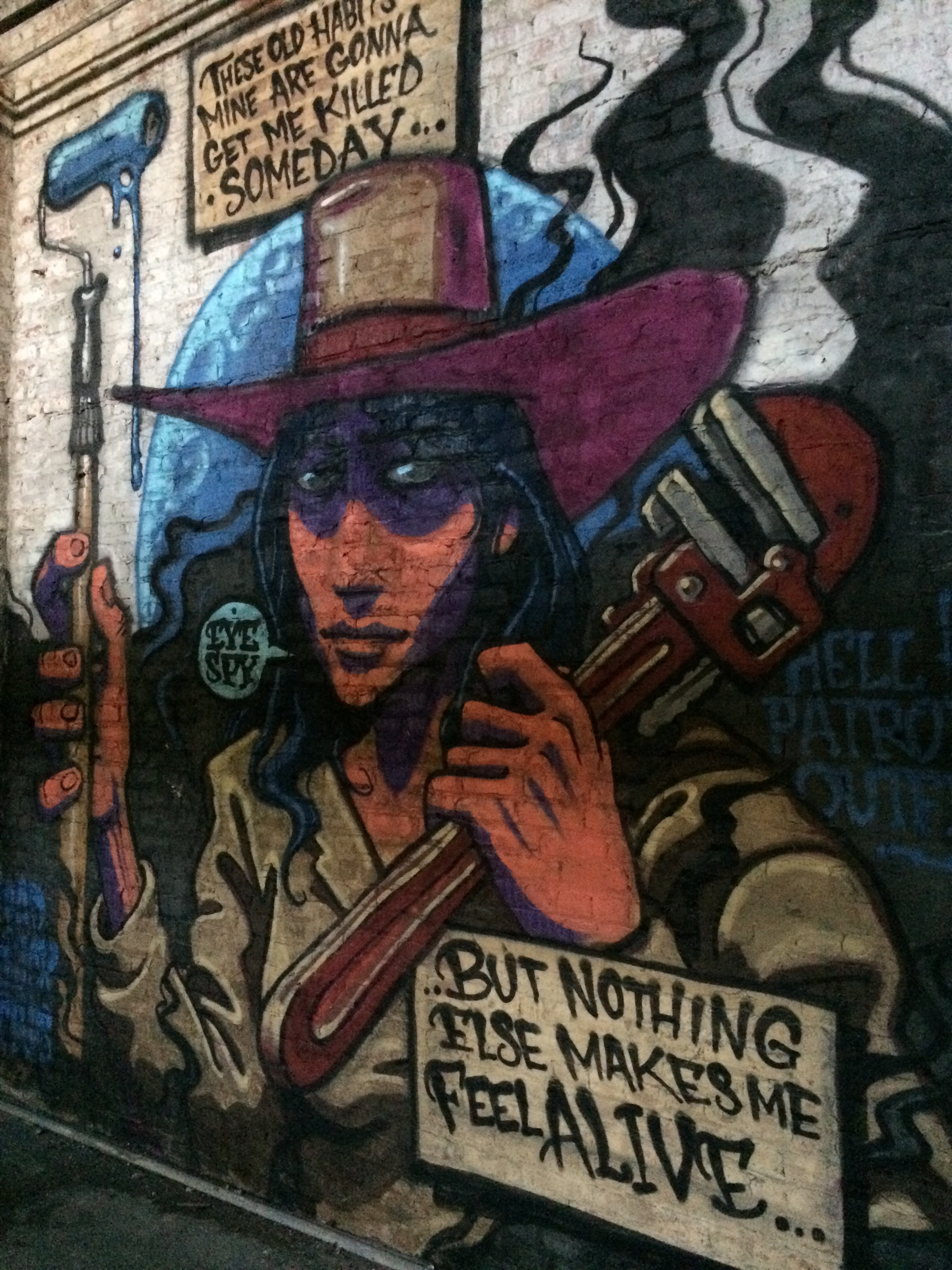What I offer here is a remedy to the poisonous question, “What’s the point?”
If you feel defeated or paralyzed, these reminders may help you redeem your creative practice. I came to these conclusions when—after ten years of disciplined writing—I lost my way and needed to relearn how to sustain my artistic interests. Given that all creative processes are personal and the definition of art remains subjective, I report to you from within my experience without intending to invalidate other perspectives. These truths are personal.
1. Divorce your art from your money.
Do not be seduced by the idea that you can or should earn a living from your art. Odds are, your money-making life has never substantively or sustainably resulted from your artistic practice. It may have even forced you to broaden your definition of what your “art” consists of, (though you know better, don’t you?) The fairy-tale marriage of your art and your money is a scheme to claim a public identity as an artist within a capitalist culture. When you need money, look elsewhere for sources. Consider the pursuit of money as an endeavor discrete from your art. Money buys time to make art, but relying on your art for money corrupts your ideas and your process. It makes you chase ideas which seem profitable and coerces you to create in a way which pleases the people or organizations paying for your art. Yes, it is possible your art will make money, but this will always be accidental and can never be relied upon.
2. Question the pursuit of publishing.
You do not need to rely on external, commercial validation in order to create art. The ego is insatiable, and when you chase publishing you are attempting to satisfy the ego. The ego tells you that publishing legitimizes you as a real writer. (If you doubt this, take measure of your emotional response to self-publishing.) The ego tells you that the product resulting from your process is the ultimate goal and reward. These are lies. There are other ways to share your art with people, ways which build more profound connections. Collaboration, correspondence, and performance are a few superior alternatives. Through these means you may even be approached by publishers (though harboring this as a secret desire is similarly toxic to your process). If you are approached, be discerning. Maintain the integrity of your decisions on the page. If you don’t, you will feel betrayed by your compromises. The ego is a seasoned addict and will always crave greater doses of reassurance.
3. Create art or manufacture regret.
The process of making art gives you a sense of purpose and enriches time with meaning. Hours spent negotiating your creative interests and ideas are the highest reward. The memory of life lived while making art will satisfy you in unexpected ways. If you resist this and fail to write, be warned: the absence of your expression is not benign. With shame, you will recollect times when you denied your own best instincts and desires. Shame over squandered time is far more painful than failure in the pursuit of art. Time cannot be reclaimed, so in the absence of creating art, you manufacture regret. Choose one or the other.
4. Trust your interests.
If you are interested in an idea, it is interesting. Your desire to pursue an idea is all the validation required. The style in which you pursue what interests you is solely your decision. It doesn’t matter if there’s a market. It doesn’t matter if you have an audience, either in real life or in mind. You are the audience which most matters in the making. Conversely, your lack of continued interest is all the permission you need to abandon an idea or revise it.


































